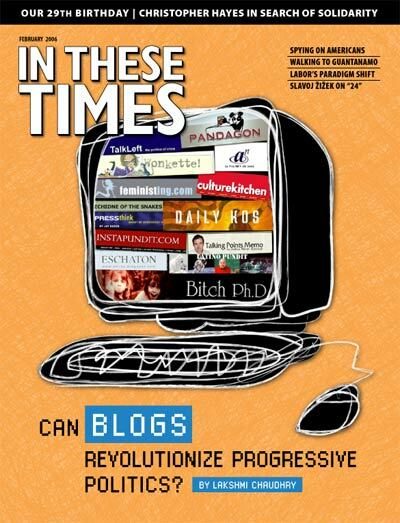What role can activism play in strengthening democratic and critical practices? What lessons might we learn from past movements of resistance and apply to contemporary struggles?
That is a very difficult question because the terrain on which organizing takes place is so different today from what it was 30 years ago. There are some lessons that have contemporary resonances. Here I want to add the disclaimer that I do not mean to encourage nostalgia about those good old revolutionary days – not at all. But I do think, that there is a sense today in which movements today are expected to be self-generating. There is a lack of patience. It is difficult to encourage people to think about protracted struggles, protracted movements that require very careful strategic organizing interventions that don’t always depend on our capacity to mobilize demonstrations.
It seems to me that mobilization has displaced organization, so that in the contemporary moment, when we think about organizing movements, we think about bringing masses of people into the streets. Of course it is important to encourage masses of people to give expression with their bodies and their voices to collective goals, whether those goals are about ending the war in Iraq or in defense of women’s reproductive rights. I have always thought that demonstrations were supposed to demonstrate the potential power of movements. Ongoing movements at certain strategic moments need to mobilize and render visible everyone who is touched by the call for justice, equality, and peace.
But these days we tend to think of that process of rendering the movement visible as the very substance of the movement itself. If this is the case, then the millions who go home after the demonstration have concluded that they do not necessarily feel responsible to further build support for the cause. They are able to return to their private spaces and express their relationship to this movement in private, individual ways. If the demonstration is the monumental public moment and people return afterwards to lives they construe as private, then, in a sense, we have unwittingly acquiesced to the corporate drive for privatization.
Organizing is not synonymous with mobilizing. Now that many of us have access to new technologies of communication like the Internet and cell phones, we need to give serious thought about how they might best be used. The Internet is an incredible tool, but it may also encourage us to think that we can produce instantaneous movements, movements modeled after fast food delivery.
When organizing is subordinated to mobilizing, what do you do after the successful mobilization? How can we produce a sense of belonging to communities in struggle that is not evaporated by the onslaught of our everyday routines? How do we build movements capable of generating the power to compel governments and corporations to curtail their violence? Ultimately, how can we successfully resist global capitalism and its drive for dominance?
What factors do you think are mitigating community organizing today? I completely agree with the need for day-to-day organizing and community building, but not having an experiential sense of what it was like on the ground in the early 1970s, I would like to hear your reflections.
Well, you see, everything has changed, so I don’t think this kind of discussion would be as helpful as one might think. Everything has changed. The funding base for movements has changed. The relationship between professionalization and social moments has changed. The mode of politicization has changed. The role of culture and the globalization of cultural production have changed. I don’t know how else to talk about this other than to encourage people to experiment. That is actually the lesson I would draw from the period of the 1960s and 1970s, when I was involved in what were essentially experimental modes of conventional civil rights organizing. Nobody knew whether they would work or not. Nobody knew where we were going. I often remark that young people today have too much deference toward the older organizers, the veterans, and are much too careful in their desire to rely on role models.
Everyone wants some guarantee that what they do will have palpable results. I think the best way to figure out what might work is simply to do it, regardless of the potential mistakes one might make. One must be willing to make mistakes. In fact, I think that the mistakes help to produce the new modes of organizing – the kinds that bring people together and advance the struggle for peace and social justice.
This article was adapted from Abolition Democracy – Beyond Empire, Prisons, and Torture: Interviews with Angela Y. Davis, which was just released by Seven Stories Press.





